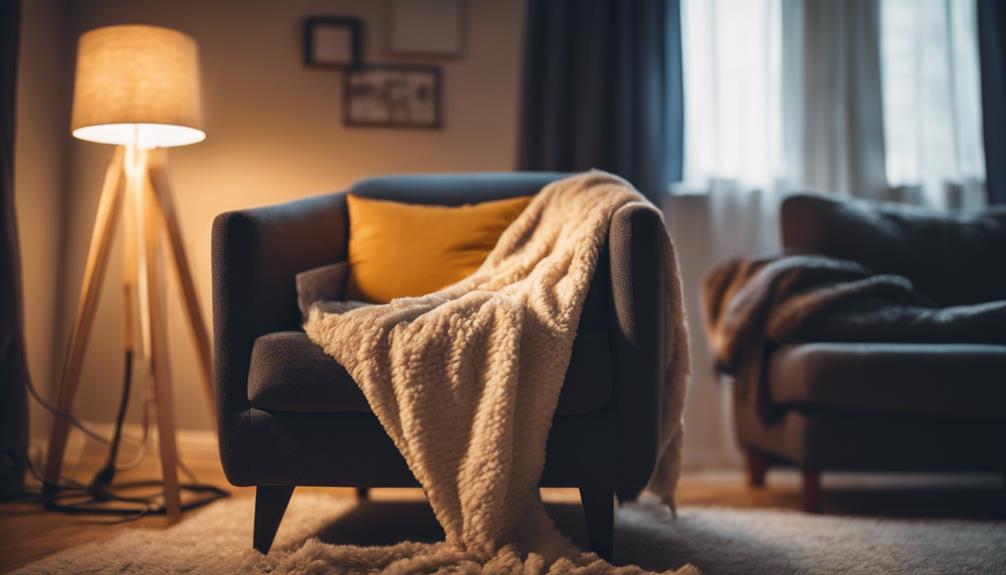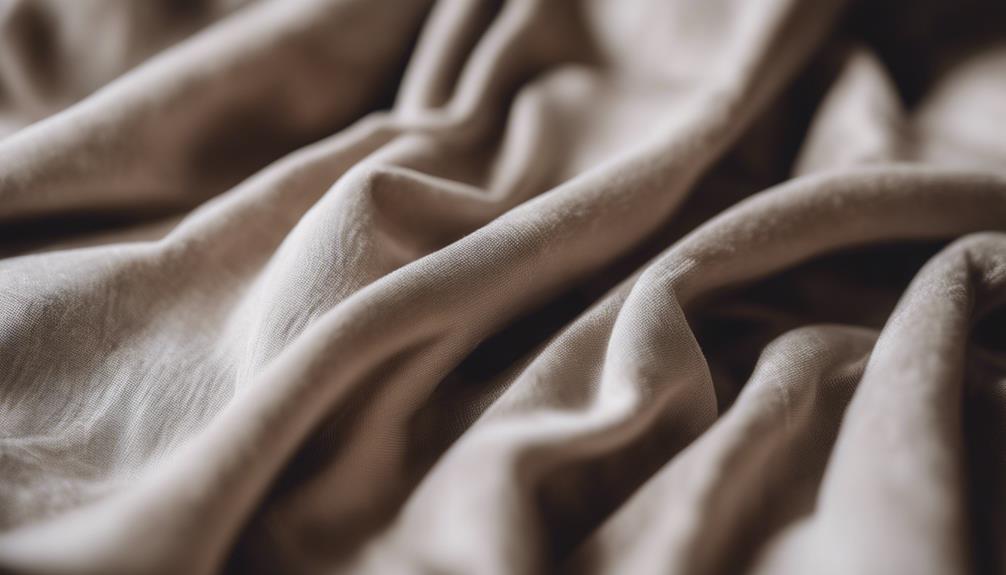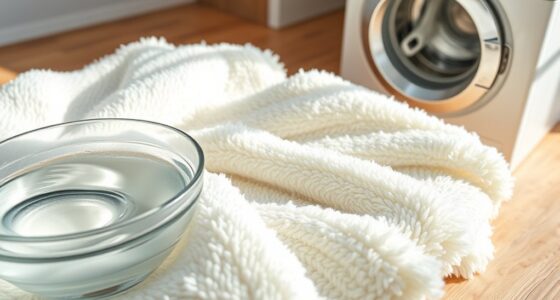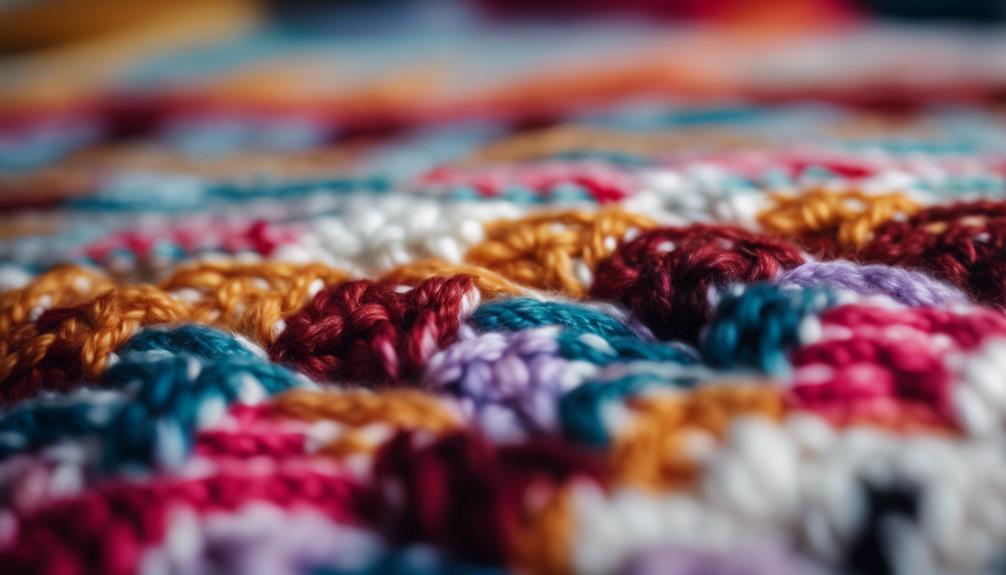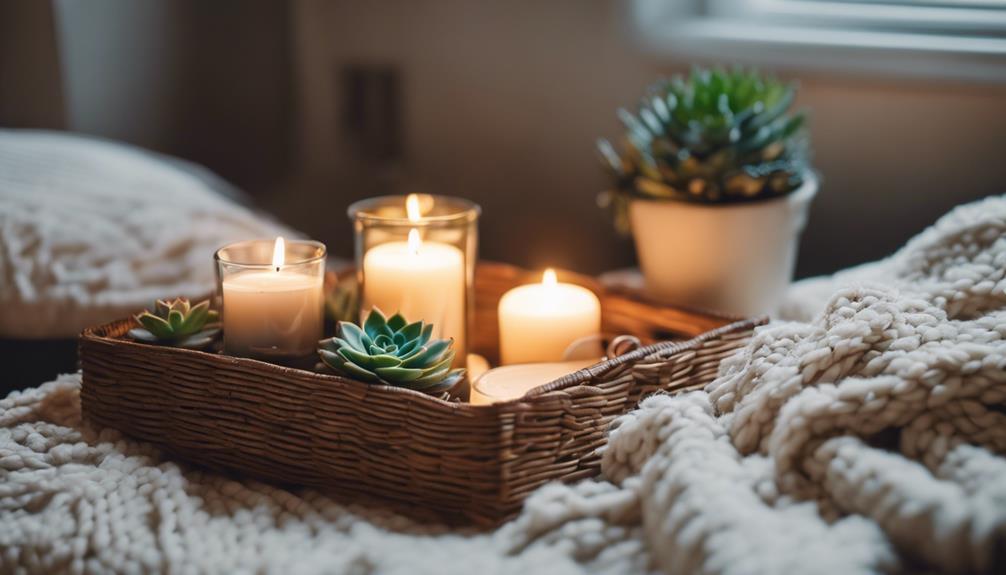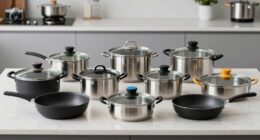Electric throws typically consume between 60 to 100 watts per hour, resulting in a daily usage of 0.36 to 0.60 kWh if operated for 6 hours. The lower wattage of electric throws compared to electric blankets helps to decrease energy expenditures. By wisely adjusting heating settings and monitoring usage, electricity consumption can be managed effectively. Knowledge of wattage levels is essential for accurately estimating energy costs. For further information on the efficiency and cost-effectiveness of electric throws, our detailed research provides valuable insights on optimizing energy consumption.
Key Takeaways
- Electric throws consume 60 to 100 watts per hour, making them energy-efficient.
- Daily usage of 6 hours ranges from 0.36 to 0.60 kWh, leading to low energy costs.
- Lower wattage settings compared to blankets result in reduced energy consumption.
- Adjusting heating levels and usage habits can efficiently manage electricity consumption.
- Understanding wattage helps estimate energy costs accurately and optimize energy use.
Energy Consumption of Electric Throws
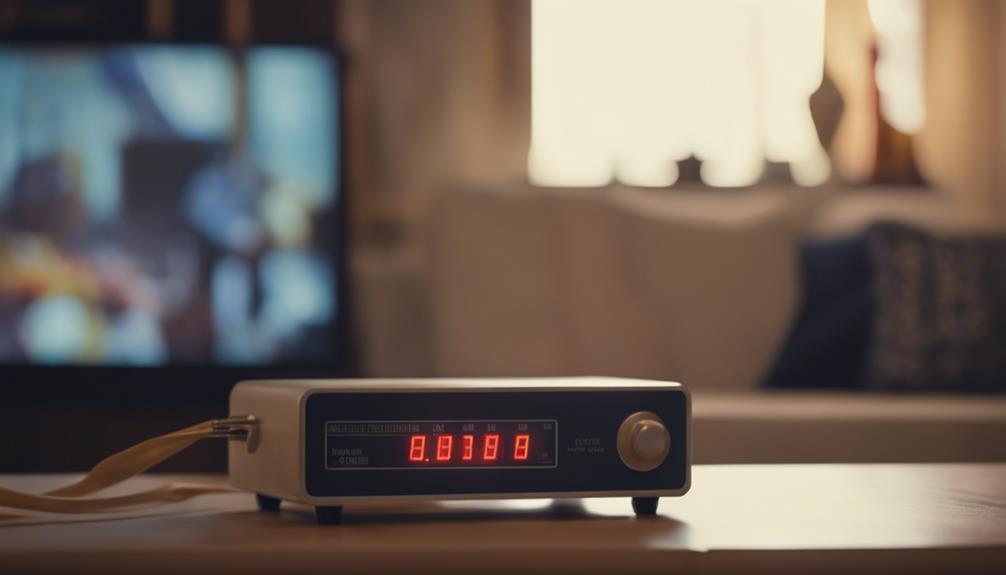
When we use electric throws, they typically consume between 60 to 100 watts of electricity per hour. The energy consumption of these throws can vary depending on factors such as size and heating settings.
If used for around 6 hours each night, the daily consumption of an electric throw would range from approximately 0.36 to 0.60 kWh. Compared to larger electric blankets, electric throws have a lower wattage, which translates to less energy costs.
It's important to understand the wattage of your electric throw as this helps in estimating the energy costs more accurately. By adjusting the heating settings and being mindful of the daily usage, you can better manage the electricity consumption of your electric throw.
This knowledge not only helps in controlling energy expenses but also promotes efficient use of these cozy and convenient heating devices.
Wattage Range of Electric Throws
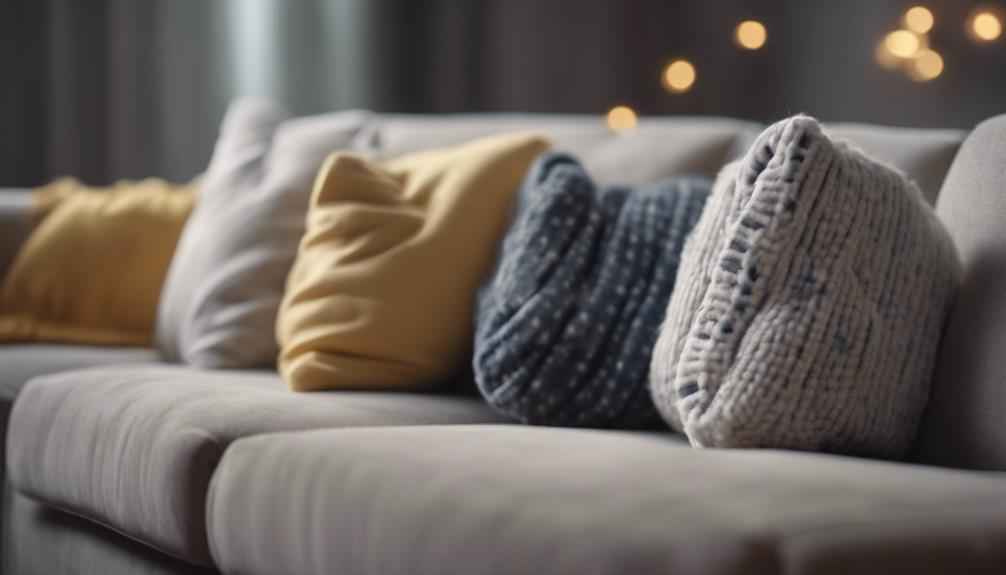
The wattage range of electric throws typically falls between 50 to 150 watts. Electric throws with lower wattage settings are more vital for those conscious of energy consumption. For instance, using an electric throw at 100 watts for about 4 hours would only consume 0.4 kWh of electricity.
Modern electric throws often come equipped with an auto-off feature, which helps prevent unnecessary energy waste by shutting off the blanket after a certain period. Understanding the wattage of an electric throw is essential for effectively managing energy consumption. By choosing the appropriate wattage setting and utilizing features like the auto-off function, users can enjoy the warmth and comfort of their electric throws while minimizing their energy usage.
This knowledge empowers individuals to make informed choices that balance comfort and energy efficiency in their daily lives.
Factors Affecting Electric Throw Energy Usage
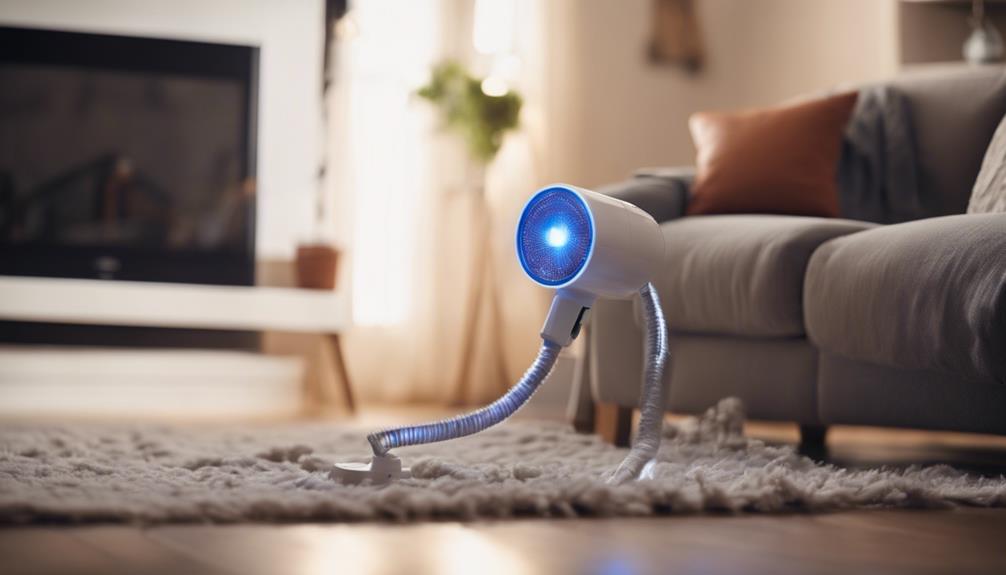
When it comes to the energy usage of an electric throw, the heating settings play an important role in determining the amount of electricity consumed.
By opting for lower heat settings, it's possible to reduce energy consumption significantly.
Factors such as the material efficiency of the throw and personal comfort preferences also influence how much energy is utilized.
Heating Settings Impact
Choosing the appropriate heat level on an electric throw greatly impacts its energy usage.
Adjusting heat settings can have a substantial impact on energy consumption.
Lower heat settings consume less energy, reducing electricity costs.
Preheating an electric throw increases energy consumption compared to maintaining a steady temperature.
Modern electric throws offer energy-saving features like auto-off functions.
Material Efficiency Comparison
Optimizing energy efficiency in electric throws involves considering the material's impact on warmth retention and energy consumption. The material efficiency of an electric throw, whether it's made of fleece, microfiber, Sherpa, or plush, can influence how much energy it needs to heat up and maintain warmth.
Thicker fabrics may require slightly more energy to reach the desired temperature compared to thinner materials. To guarantee efficient energy consumption and safety, regular maintenance such as cleaning and inspecting for any damages is vital.
Choosing an electric throw with advanced features like adjustable heat settings and auto-shutoff can help in managing energy consumption effectively. By selecting a material that balances warmth retention with energy efficiency, you can enjoy a cozy experience while minimizing electricity usage.
Efficiency of Electric Throws
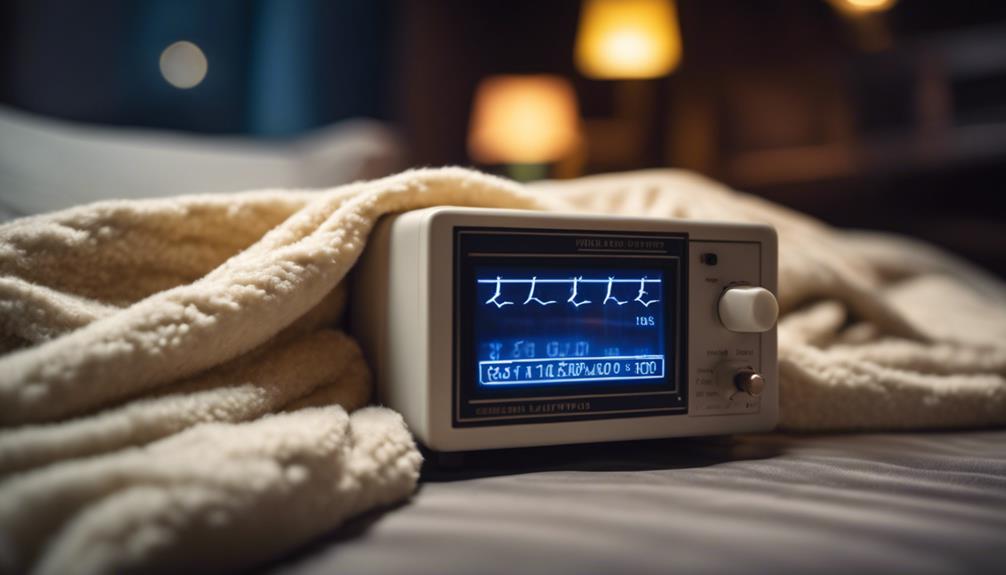
When evaluating the efficiency of electric throws, it's important to examine their power consumption and cost-effectiveness. Electric throws are designed to be energy-efficient while providing cozy warmth. Here are some key points to take into account:
- Electric throws typically consume around 60 to 100 watts of power, making them energy-efficient.
- Using an electric throw for 6 hours a night for a month can cost between $4 to $7 in electricity.
- Modern electric throws come with an auto-off feature for energy conservation and safety.
- Lower wattage settings on electric throws can help reduce energy consumption.
Electric throws not only offer comfort but also provide localized warmth, reducing the need to heat an entire room and ultimately saving energy. By utilizing the features like lower wattage settings and auto-off functions, one can enjoy the benefits of an electric throw while being mindful of energy consumption and cost-effectiveness.
Impact on Electricity Bills
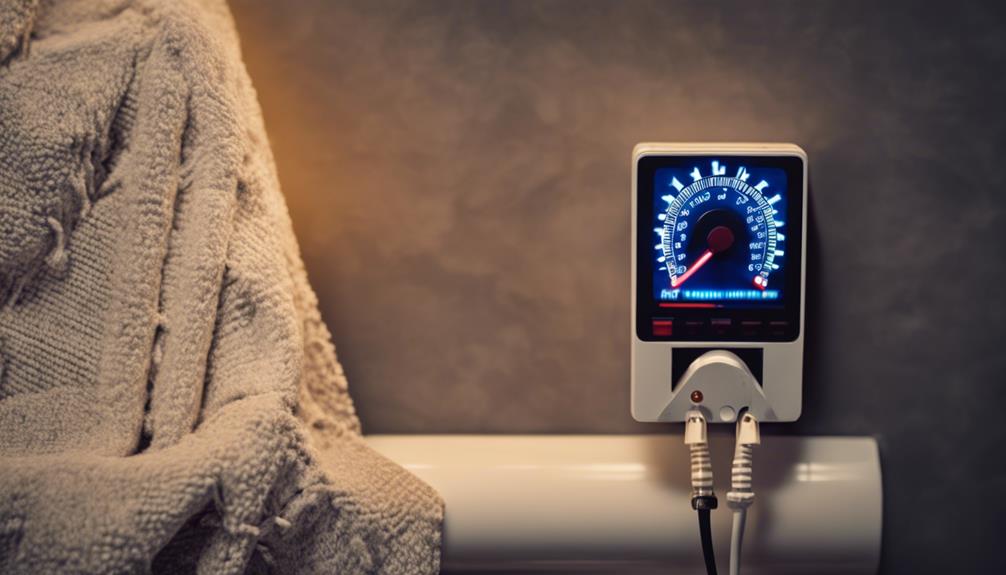
Electricity bills can be affected by the usage of an electric throw, but the impact is generally low due to its modest energy consumption. By comparing electricity costs, implementing energy-saving tips, and utilizing monitoring tools, one can better manage the expenses associated with using an electric throw.
Monitoring usage and employing the auto-off feature on energy-efficient models are practical ways to reduce the impact of electric throws on electricity bills.
Electricity Cost Comparison
Monitoring and adjusting the usage settings of an electric throw can effectively manage and reduce its impact on monthly electricity bills.
- Understanding the wattage and usage patterns helps estimate energy consumption accurately.
- Electric throws typically consume 60 to 100 watts of power.
- Using it for 8 hours daily may add $5 to $8 to your electricity bill.
- They're a cost-effective heating option compared to other alternatives.
Energy-Saving Tips
To effectively reduce energy costs associated with using an electric throw, consider implementing energy-saving tips to optimize its usage.
An electric throw typically consumes around 100 to 150 watts of power, similar to electric blankets. Using lower heat settings and turning off when not needed can save electricity and reduce energy costs.
Preheating the electric throw before use can help maintain warmth and reduce overall energy consumption. Modern electric throws may have energy-saving features like auto-off functions for efficiency.
Calculate daily usage costs based on wattage and duration to manage electricity expenses effectively. By incorporating these energy-saving tips, you can enjoy the comfort of your electric throw while keeping a check on your electricity bills.
Usage Monitoring Tools
Implementing usage monitoring tools can provide valuable insights into how much energy an electric throw consumes and its impact on electricity bills. By using these tools, individuals can track their energy consumption accurately and understand how their electric throw usage affects their electricity bills.
Here are some key benefits of using monitoring tools:
- Track energy usage patterns efficiently.
- Analyze usage data to make informed decisions.
- Understand the impact of electric throw usage on electricity bills.
- Identify opportunities for cost savings and sustainable energy practices.
Comparison With Other Heating Options
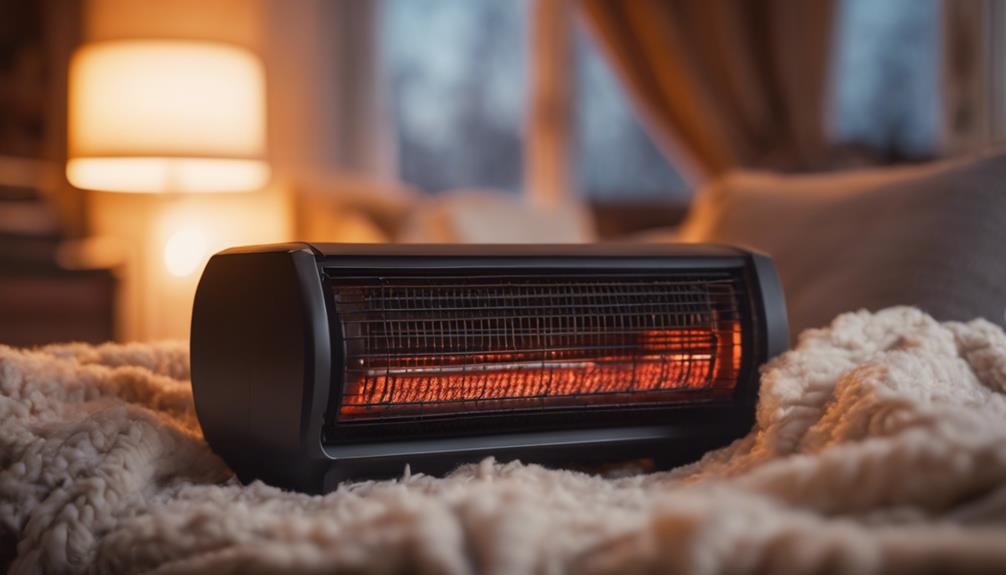
When considering heating options, electric throws stand out for their energy efficiency and targeted warmth delivery compared to traditional central heating systems. An electric throw typically uses 100 to 150 watts of power, providing energy-efficient localized heating. In contrast, central heating systems consume markedly more energy, potentially leading to cost savings when opting for an electric throw.
These throws offer targeted warmth to specific areas, eliminating the need to heat entire rooms with higher wattage appliances. Using an electric throw for short durations can be more cost-effective than running larger heaters for extended periods. The versatility and energy efficiency of electric throws make them a convenient and economical choice for supplemental heating needs.
Cost-Effectiveness of Electric Throws
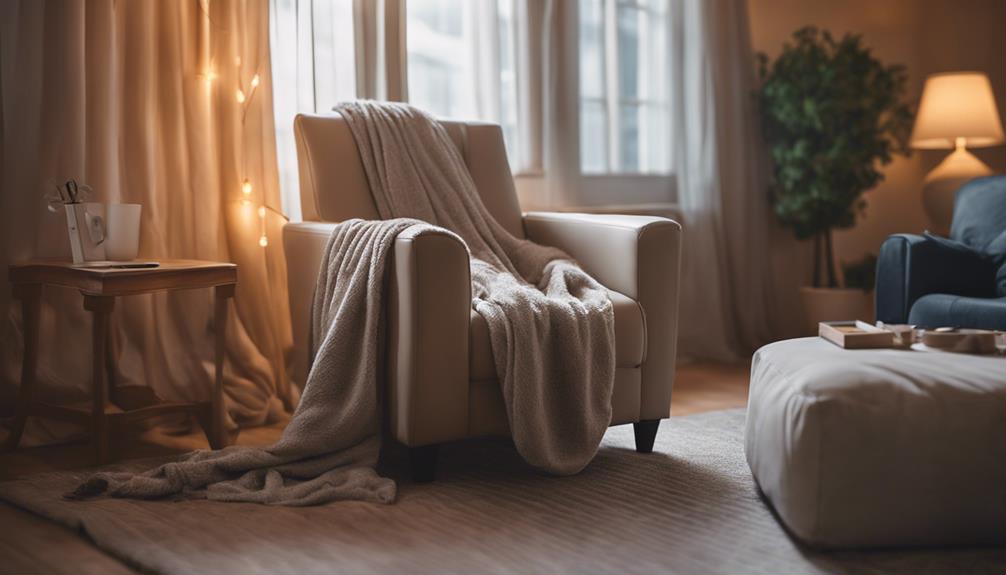
For those seeking a cost-effective heating solution, electric throws offer efficient energy usage and targeted warmth delivery. Here are some key points to contemplate when evaluating the cost-effectiveness of electric throws:
- Electric throws typically consume around 100-150 watts of power, making them energy-efficient.
- Using an electric throw for 6 hours nightly over 4 months results in approximately 108 kWh/year consumption, contributing to cost savings.
- Calculating the cost to run an electric throw involves multiplying the wattage by hours of use and the electricity rate, offering transparency in expenses.
- Compared to central heating systems, electric throws provide localized warmth and energy efficiency, making them a more economical option for targeted comfort.
Electric throws not only provide a cozy solution to combat the chill but also do so in a cost-effective manner, making them a practical choice for those looking to manage their heating expenses efficiently.
Usage Tips for Efficient Energy Use
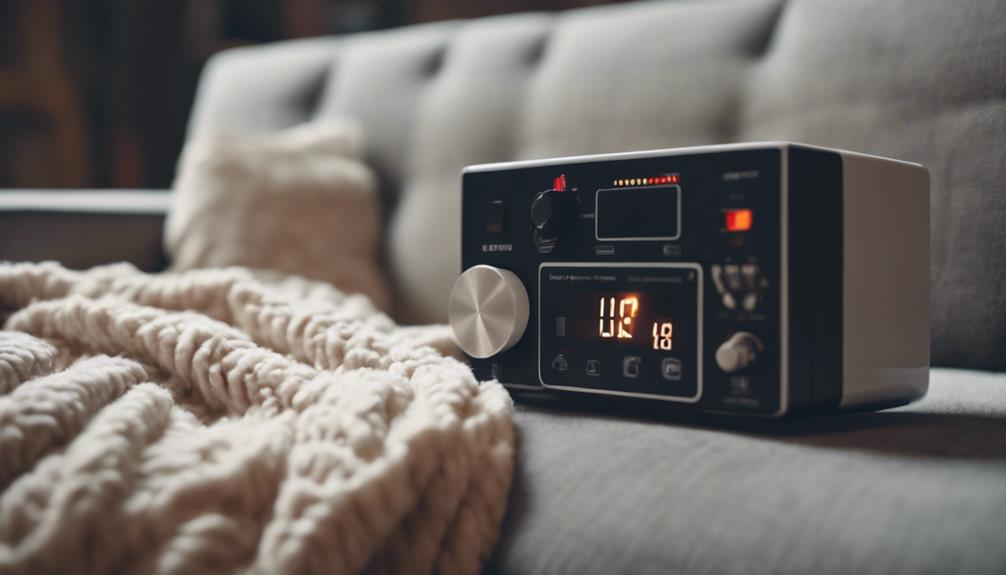
To maximize the efficiency of an electric throw and minimize energy consumption, consider implementing smart usage tips. By following these recommendations, you can guarantee that your electric throw operates in an energy-efficient manner, saving both electricity and money. Here are some useful tips to help you get the most out of your electric throw:
| Tips | Description |
|---|---|
| Lower Settings | Using lower power settings on your electric throw can greatly reduce energy consumption. |
| Turn Off When Not Used | Remember to turn off the electric throw when not in use to avoid unnecessary power consumption. |
| Preheat Before Use | Preheating the electric throw before getting under it can lead to lower overall energy usage. |
It is also advisable to invest in an energy-efficient electric throw with auto-off features, as these can further contribute to saving electricity. Additionally, always refer to the manufacturer's guidelines for specific information on energy consumption to make informed decisions about the usage of your electric throw.
Frequently Asked Questions
Does an Electric Throw Use a Lot of Electricity?
We've found that an electric throw typically consumes around 60 to 100 watts of power. Using one for 4 hours daily costs less than $1 per month.
Energy-efficient models with auto-off features help minimize electricity usage. Preheating the throw before use can also reduce overall energy consumption.
Compared to electric blankets, throws generally have lower wattage and energy consumption. So, no, they don't use a lot of electricity, making them a cozy and cost-effective choice.
Are Electric Throws Cheap to Run?
Electric throws are indeed cheap to run due to their energy-efficient design. They offer targeted heating, saving money compared to central heating.
With features like auto-off functions and timer settings, energy consumption is minimized, keeping costs low. Using an electric throw wisely can lead to significant savings over time.
How Much Does an Electric Blanket Raise Your Bill?
When it comes to how much an electric blanket raises your bill, the impact is relatively low. Using it for 10 hours daily can add around $4.50 to $6.00 to your electricity bill per month. This makes electric blankets a cost-effective and energy-efficient heating option.
Compared to space heaters, electric blankets are more affordable in the long run. The minimal increase in your electricity bill makes using electric blankets a practical choice for staying warm.
How Many Amps Does an Electric Throw Use?
We can provide insight on the amp usage of an electric throw. Understanding this detail is important for preventing circuit overloads.
Most electric throws draw around 1.5 to 2.5 amps, with slight variations based on size and model. It's vital to stay within the safe amp rating to avoid electrical issues.
Monitoring your electric throw's amp usage can optimize energy efficiency. Household circuits are typically equipped to handle the electricity needs of an electric throw.
What Is the Energy Consumption of Electric Throws and How Does It Compare to Other Heating Methods?
Electric throw blankets technology is becoming popular due to its low energy consumption. Compared to other heating methods, electric throws use less energy, making them a more cost-effective and efficient way to stay warm. This innovative technology offers a sustainable and environmentally friendly heating solution for those chilly winter nights.
Conclusion
To sum up, electric throws are energy-efficient options for staying warm during the colder months.
On average, an electric throw uses around 200-300 watts of electricity per hour. This means that using an electric throw for 8 hours a day would cost around $0.20-$0.30 in electricity.
With proper usage and maintenance, electric throws can be a cost-effective and convenient heating solution for your home.
